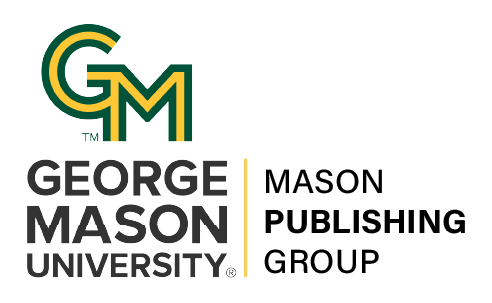Diagramming Prior Knowledge in the Classroom
DOI:
https://doi.org/10.13021/G8KW30Keywords:
Diagrams, Prior Knowledge, External Representations, ElicitationAbstract
Engaging the studentââ¬â¢s prior knowledge is considered by educational researchers to be an important part of constructing a strong foundation for new learning. Diagrams are one technique used in the classroom. Jill Larkin and Herbert Simon described the computational advantages of diagrams over text when used to communicate information in their 1987 article entitled ââ¬ÅWhy a Diagram is (Sometimes) Worth Ten Thousand Words.ââ¬Â This presentation describes a novel abstract diagramming technique designed to be facilitated in the classroom. Using paper and crayons, the participants create three diagrams that represent the externalization of their own prior knowledge of concepts in a domain of study. The presentation illustrates how differences in prior knowledge can be visualized using diagrams with greater speed in less time than the traditional use of text-based descriptions. The student diagrams were shown to contain a hidden conceptual topology, one that is described by Egenhofer in his 1991 article entitled ââ¬ÅReasoning About Binary Topological Relations.ââ¬Â This topology is recommended as a framework for structuring and facilitating student collaboration and sharing of prior knowledge and new learning.




